‘Breakthroughs’ aid future prospects
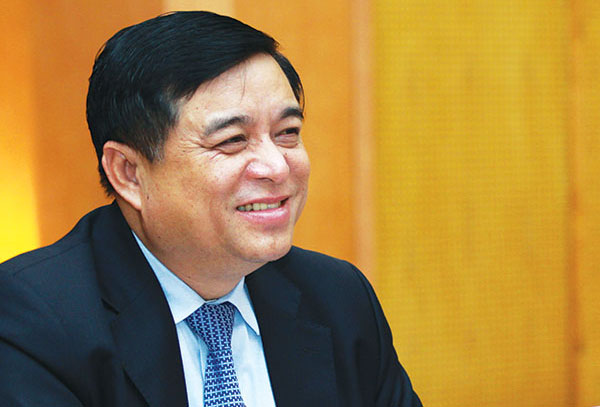 |
Vietnam has entered 2017 - a year significant to the implementation of the Socio-economic Development Plan 2016 - 2020, and also the 31st year of Vietnam’s Doi moi. Do you believe that Vietnam will soon emerge from its difficulties to create greater success stories for the future?
I pin my great hopes on the country’s brighter economic development. After 30 years of reforms and development, Vietnam has reaped impressive economic growth achievements, ensuring its stability and equality. From one of the poorest nations in the world, Vietnam has become a lower middle-income country, with social achievements comparable to those of nations with much higher incomes.
Such a success has strengthened our confidence in the country’s brighter future. The achievements we have harvested after 30 years of Doi moi mean that we have to make other success stories happen faster, within a shorter period of time.
I would like to stress that such attainments might still fail to meet the expectations of the government and the public. It is because the economy has and will face numerous difficulties and challenges in the future.
Vietnam is, for example, lagging behind more advanced nations, because its economic scale remains small. Furthermore, the country is also facing a challenge of falling into a middle-income trap, coupled with challenges in climate change and environmental pollution.
Though Vietnam’s international integration gives the country a wealth of opportunities, it also brings challenges, especially when the country’s competitiveness remains limited. The economy still depends on the world’s economic developments. Also, the world’s and the region’s complicated security situation has negative impacts on Vietnam’s economy.
At present, the world’s economic growth is slowing down, while Vietnam’s economy relies on the global prices, exports and imports, and foreign direct investment (FDI). That’s why the government must conduct necessary economic reforms before the economy can make breakthroughs in the future.
You just mentioned the word “breakthrough”. What is needed to make these breakthroughs?
As I have said above, Vietnam is facing the risk of falling into a middle-income trap. When the economy’s growth does not rely on investment capital and the exploitation of natural resources, we will have no other choice but to improve the contribution of human resources. This means we have to increase labour productivity and improve the contribution of high technology to growth.
It is not easy to overcome the middle-income trap, it may even take us a decade to do so. But we cannot do it at all if we fail to make a strong effort now.
To achieve sustainable growth and overcome the middle-income trap, we also have to solve a series of issues related to market institutions, development impetus, and investment sources. This new direction must accompany better policies, especially the fiscal policy.
When we solve these issues in the short term, we must ensure the country’s development orientation in the long term in our policies. We must keep the spirit of Doi moi, while persistently adhering to major policies about economic restructuring, renewal of the growth model, increase in labour productivity, and improvement of the economy’s competitiveness, effectiveness, and quality.
Vietnam’s government will weather all difficulties, and make great efforts to drive the economy forward. That’s why the government is trying to build itself into a more enabling, transparent, and responsive government, whose function will gradually shift from management to facilitation. The government considers enterprises as the key driving force for the economy in the time to come.
But how will such a driving force be created?
Objectively, despite numerous challenges ahead, Vietnam’s economy still has advantages for further development. If the advantages and potential are well tapped and enhanced, Vietnam’s aspiration to become a more affluent, innovative, fair, and democratic nation will come true by 2035. The advantages it can leverage include its geo-economics, geo-politics, international integration, increasingly-improved business climate, young population, natural resources, and the development of the middle-class. These advantages are great, and available for the country’s further development.
However, challenges remain. For example, despite the working-age population, if employment fails to be generated sufficiently, social disorder and social evils can emerge. In addition, without proper management and usage, natural resources can be rampantly exploited, leading to over-exhaustion and the destruction of the environment.
The Party and the government’s clear-sighted vision, and the people’s unanimous push for a common goal, will be supported by the confidence of international friends and enterprises to lay a firm groundwork for Vietnam to translate its aspirations into reality.
Our responsibility for national development is heavy. The country’s development path is quite clear, and it is high time for us to run as quickly as possible to reach the finish line.
To this end, we should not only look back at what we have done successfully, but we also need to keep an eye on how the world is developing. Otherwise, we could lag behind other nations, and it would take a very long time for us to develop in the way we want to.
Though some people criticise a reliance on FDI, this type of capital has greatly contributed to Vietnam’s economy. What should be done to lure more FDI?
Vietnam has officially been conducting its international integration for more than two decades, with the first arena being the ASEAN community. Thus far, the community remains Vietnam’s most important integration - one which is increasingly expanding economically. However, Vietnam remains a mid-rung group in the region, in terms of opportunities and attractiveness to investors.
Other more developed nations within ASEAN include Singapore, Malaysia, Indonesia, and Thailand, which have attracted greater volumes of FDI, but where opportunities are not as abundant any longer. The region’s mid-rung group includes the Philippines, Brunei, and Vietnam, which are quickly developing, and offer many opportunities for investment and business. But more importantly, countries like Vietnam should make thorough preparations for receiving large-scale strategic investment projects.
We should also bear in mind that we currently face a challenge in narrowing the development gap between Vietnam and more advanced regional nations. For example, it may take about 16 years for Vietnam to develop to the point that Thailand is at now.
To this end, Vietnam is now pursuing a strategy on rapid and sustainable development, while making efforts to become a more attractive investment destination. Vietnam cannot change its geographical location, but it can change the decision of investors and lure them into the country. We are determined to do that.
In recent years, Vietnam has deeply integrated into the global economy. With what the country has done successfully in the integration, and with new-generation free trade agreements that Vietnam has and will ink, investment and business activities in Vietnam are almost the same as those in other parts of the world. But more importantly, foreign investors face fewer impediments when doing business in Vietnam.
Vietnam also has many advantages which complement opportunities resulting from international integration. Vietnam is very stable in security and politics, without any racial disputes or terrorism. The country’s legal system is increasingly improving and can meet standards of international integration.
Vietnam’s government has always placed a top priority on macro-economic stability. Many reforms are being conducted in the country. With these favourable factors, Vietnam can become an ideal destination for enterprises and investors.
I would like to stress that the door to success has opened now, with opportunities taking shape. The development path has become quite clear, as long as the appropriate conditions are in place. Nothing can prevent us from co-operating with foreign investors, and this will lead Vietnam to greater prosperity.
What the stars mean:
★ Poor ★ ★ Promising ★★★ Good ★★★★ Very good ★★★★★ Exceptional
Latest News
More News
- Green policies and practices: catalyst or challenge (November 25, 2024 | 09:00)
- Vietnam National Assembly adopts amended Law on Pharmacy (November 22, 2024 | 19:09)
- Rice exports set to break records (November 21, 2024 | 17:53)
- German Quickpack to invest $31.7 million in Long An province (November 20, 2024 | 09:31)
- Reporting still to fully reach global norms (November 18, 2024 | 17:06)
- Trump’s second term impacts sci-tech activities and industry 4.0 technologies (November 18, 2024 | 10:00)
- VLCA 2024 honours corporate governance excellence as listed companies raise the bar (November 18, 2024 | 09:00)
- Trump's trade policies could shape Vietnam's economic outlook: Dragon Capital (November 15, 2024 | 16:56)
- Prioritising corporate governance for Vietnam’s sustainable growth (November 14, 2024 | 16:50)
- Vietnam eyes nuclear revival to bolster energy security (November 14, 2024 | 16:46)




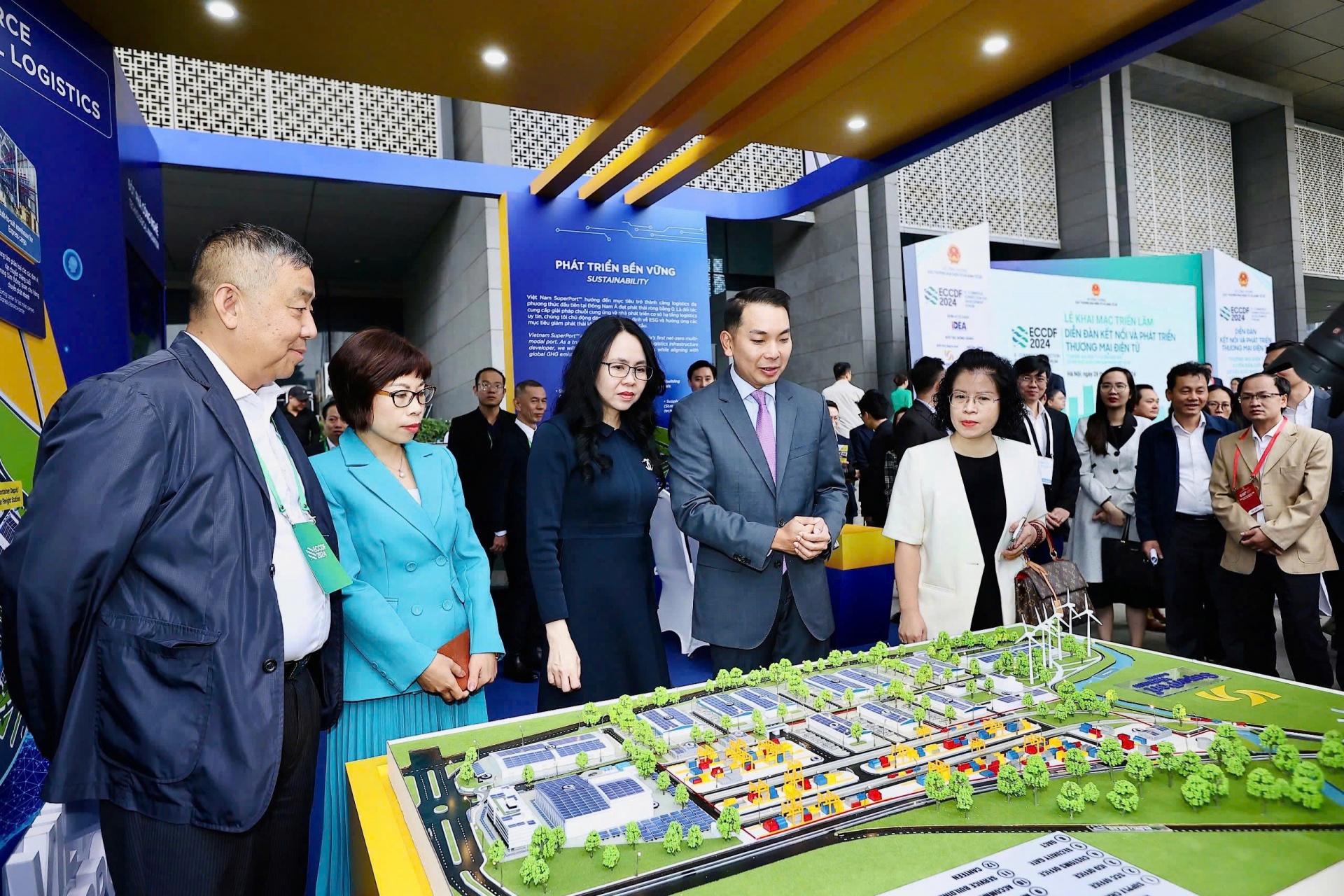
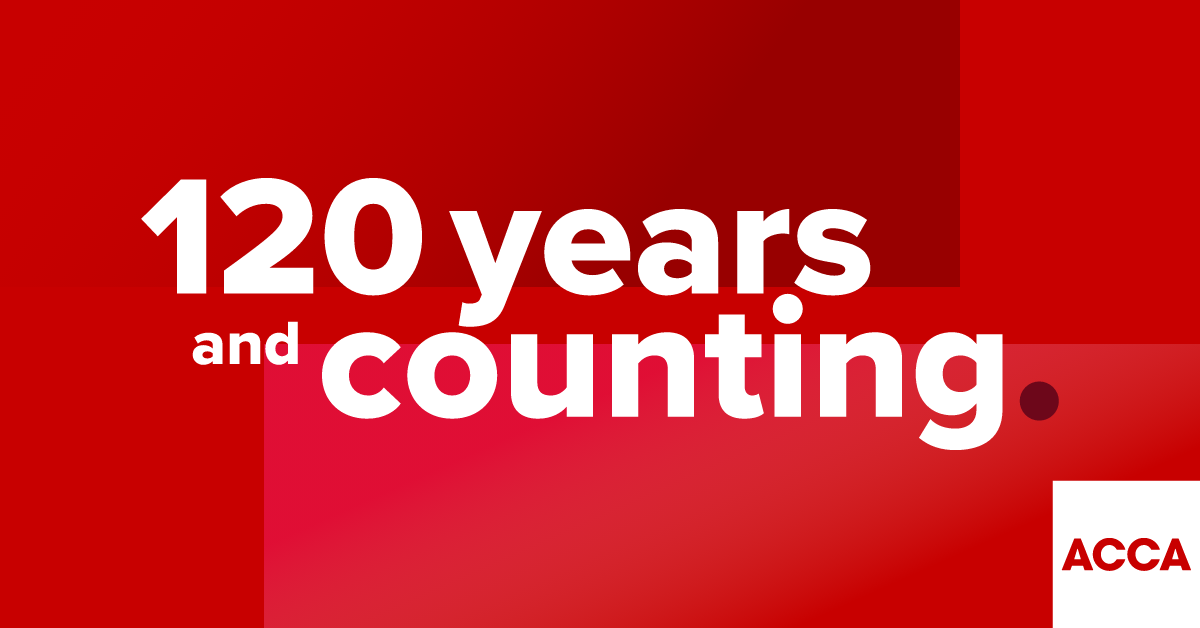

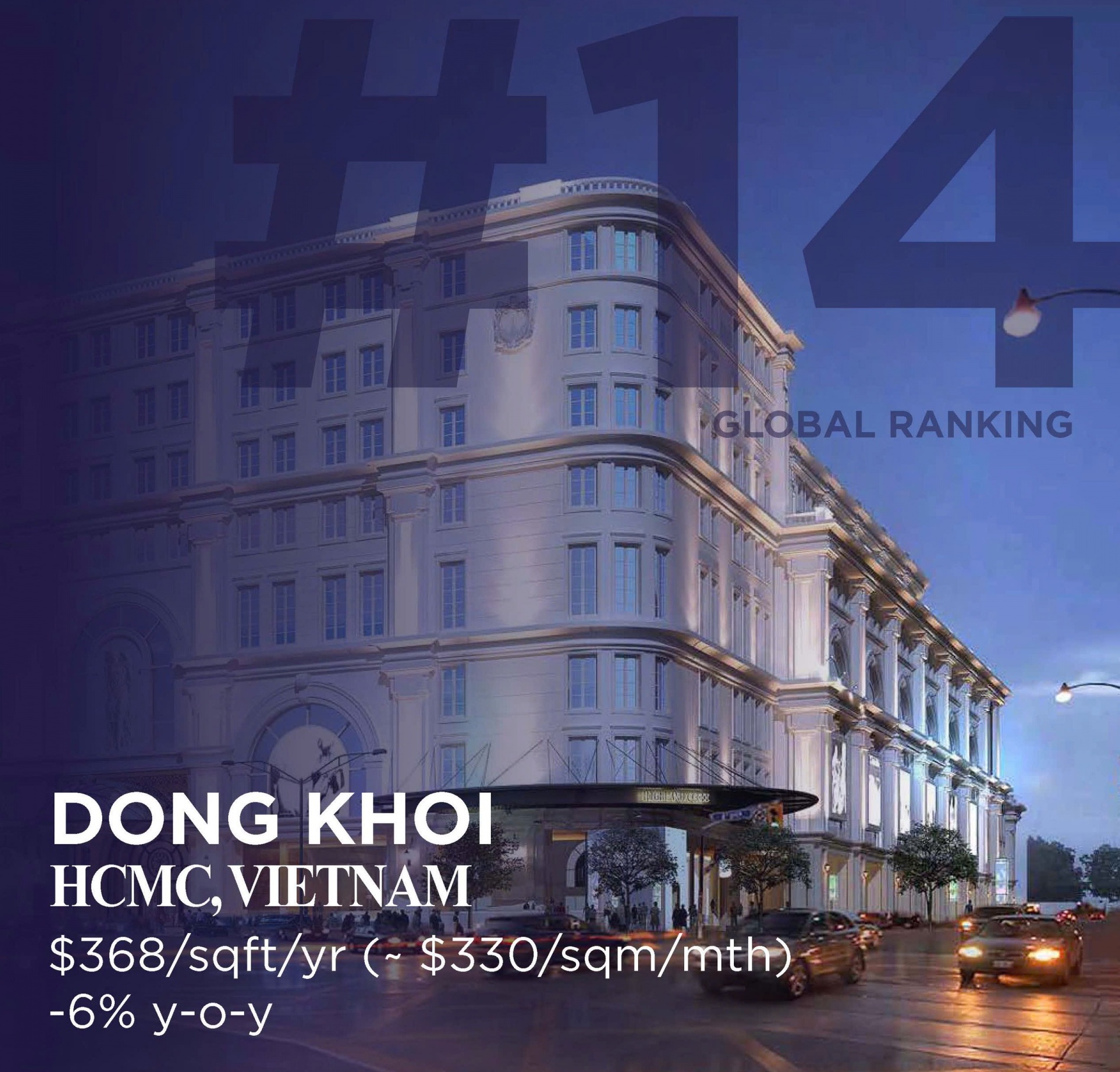
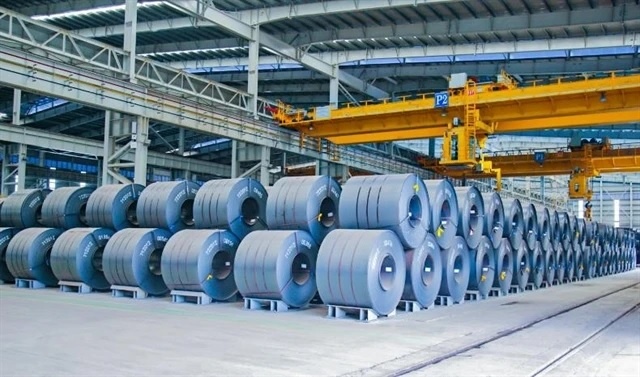
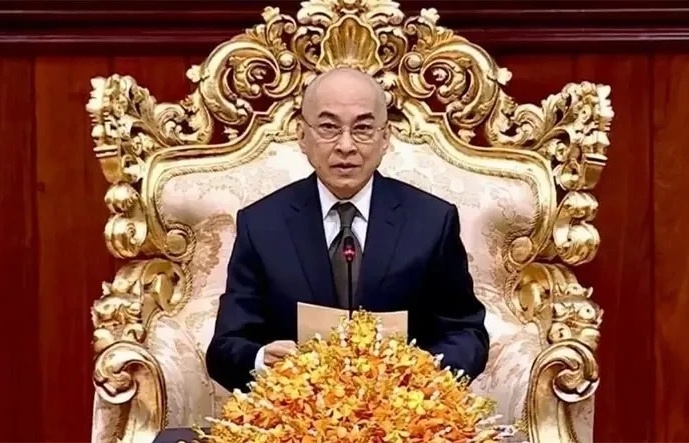




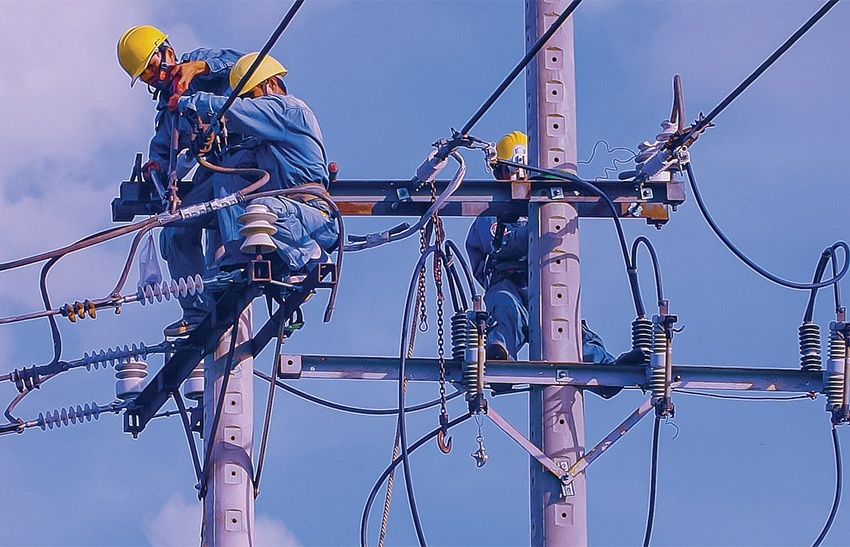




 Mobile Version
Mobile Version